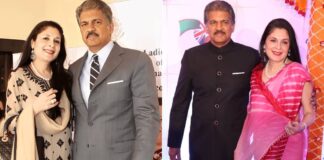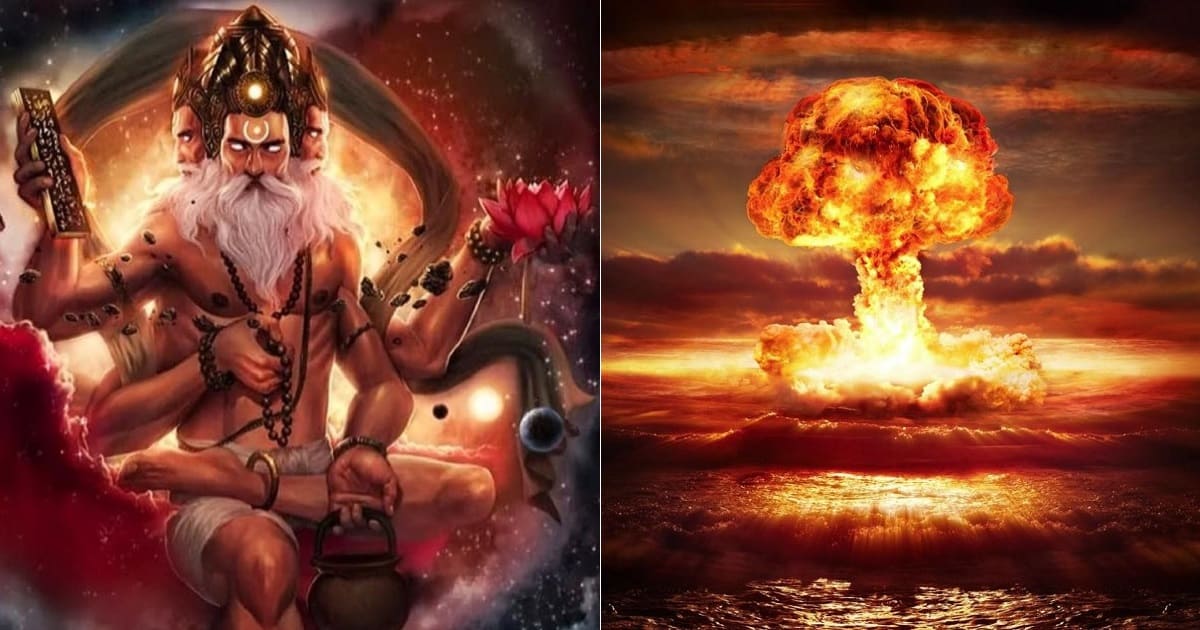
India has a rich cultural past that includes a wonderful interweaving of art, religion, philosophy, and science in the fabric of the Indian way of life and thought. Ancient Indian culture is the result of a continuous blending of many cultures, and it has absorbed numerous foreign influences throughout history.
The earliest stirrings of civilization arose among the inhabitants of India, 4000 years before Christ’s birth. From those ancient periods to the recent past, we were exposed to an uninterrupted run of civilizations.
ADVERTISEMENT
The brilliance of our ancient epics, such as the Ramayana and Mahabharata, serves as a guiding light for spiritual searchers and contains eternal teachings of goodness triumphing over evil. Many characters have many roles, identities, and histories, and most tales have multiple versions. This apparent ambiguity reveals the depth of a mythology that has evolved and taken on new meanings throughout time.
Various legends from Indian mythology have been passed down through the years, either by word of mouth or through meticulously kept documents. These stories, which are the foundation of Indian mythology, are an excellent way for locals and non-natives alike to instill an interest in Indian culture in the younger generation.
There were references to the technology that we are seeing now in Indian mythology back then. As a result, the focus of this article has been on demonstrating the fact that modern technology, even at a global level, has its roots in Indian mythology.
We often hear that things are developed in the West and then slowly find their way to India, whether it’s a television, a computer, or a smartphone. However, India acknowledged several facts and findings before the rest of the globe.
ADVERTISEMENT
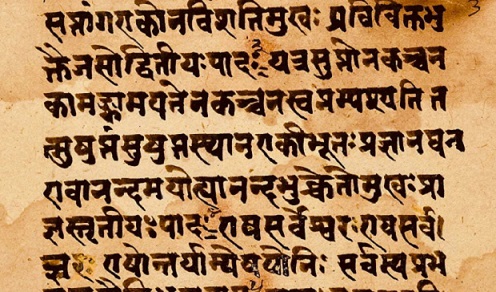
So, let’s have a look at several inventions that initially appeared in Indian scripts:
1. Atomic bomb or Brahmastra?
When Japan attacked during World War II, the US leadership demanded retaliation. It set out to build the world’s most powerful weapon, the nuclear bomb.
Dr. Julius Robert Oppenheimer, the man in charge of this invention and also known as the “father of the atomic bomb”, was a theoretical physicist who also had a strong interest in philosophy. He became popular in mythical circles for claiming the Hindu sacred book, the Bhagavad Gita, which he said depicted the first nuclear bomb detonation. While quoting a verse from the Bhagwat Gita, Oppenheimer said,
“We knew the world would not be the same. A few people laughed. A few people cried. Most people were silent. I remembered the line from the Hindu scripture, the Bhagavad-Gita. Vishnu is trying to persuade the Prince that he should do his duty, and, to impress him, takes on his multi-armed form and says, ‘Now I am become Death, the destroyer of worlds.’ I suppose we all thought that, one way or another.”
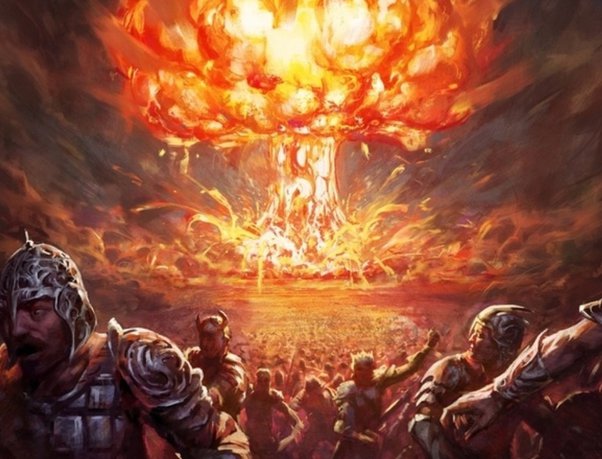
But what is the relationship between the Bhagwat Gita and nuclear power?
Some speculate that developing a nuclear bomb weakened Oppenheimer’s moral perspective and that the Gita soothed his psyche by reminding him of death’s inevitability. However, there is a far deeper connection between nuclear weapons and Hindu mythology.
The Bhagavad Gita is part of the Mahabharata, a larger epic. Certain remarks in the aftermath of the Gita episodes indicated the deployment of nuclear weapons.
Not only the Mahabharata but also the Ramayana mention weapons that can only be obtained after a long period of devotion. Only a few people receive those weapons, and only a few people are allowed to use them.
ADVERTISEMENT
In fact, in order to unlock or use them, one must first read a top-secret mantra or code. Perhaps this is why only 9 nations have nuclear weapons now. Do you find any resemblances?
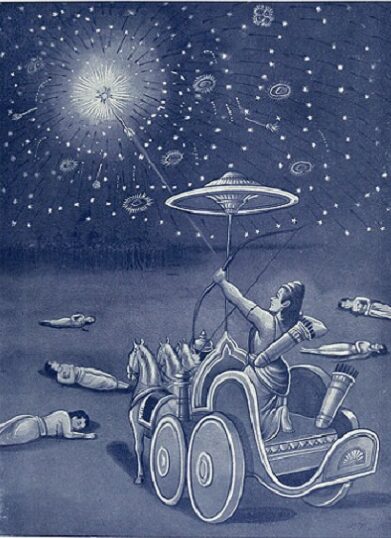
‘Brahmastra’ was the name given to powerful weapons by the Purans. They are described in the Ramayana and Mahabharata as being so strong that there is no way to stop them once they are launched.
The Brahmastra was supposed to emit enormous plumes of smoke and flame as bright as 10,000 suns that ascended in all their splendor when it hit the target.
After that, the bodies were so badly torched that they were unrecognizable. Their hair and nails began to fall out, their crockery began to break for no apparent reason, and the birds began to turn white. All foodstuffs were affected after a few hours.
ADVERTISEMENT
Anything targeted by the ‘Brahmastra’ would be destroyed. The land would become dry and lifeless, the rains would stop, and human and animal sterility would occur for ages.
Even if you are not convinced with this example because it is from an epic story, let’s have a look at another example from our known history.
The Indus Valley sites of Mohenjo Daro and Harappa
A researcher determined that all artifacts were melted and glassified within a 50-yard radius of the Indus Valley sites of Mohenjo Daro and Harappa. The radiation levels in skeletons discovered at the site were 50 times higher than usual. Both findings sparked speculation that some type of nuclear weapon was used in ancient times.
Is it possible that this is the first Brahmastra? The parallels between Brahmastra and nuclear weapons are both thrilling and terrifying.
ADVERTISEMENT
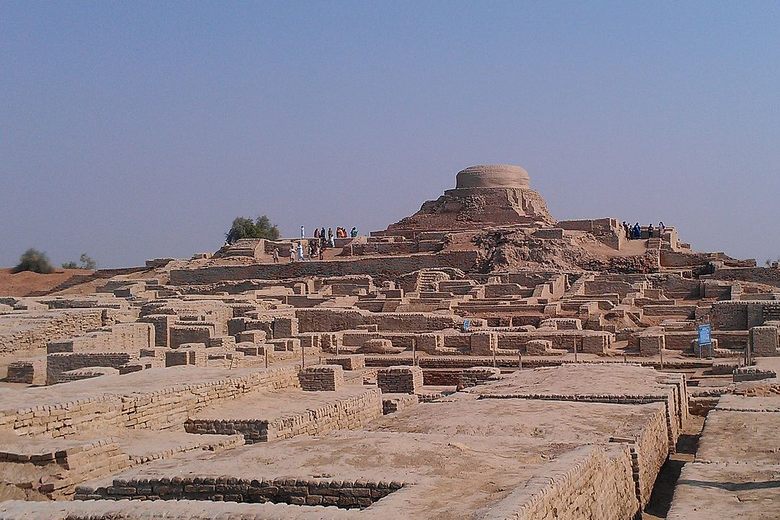
However, let us assure you that not all stories are frightening,
2. Ancient Vimana or Modern Aeroplane?
In Hindi and Marathi, planes are referred to as ‘Vimana.’ This term was originally used in the Ramayana, according to Sundara Khand, Ramayana and Book 10, Srimad Ghagwatam, thousands of years before modern aircraft were invented.
The deity of prosperity, ‘Kubera,’ and the demon king, ‘Ravana,’ were brothers. On the other hand, Ravana defeated Kubera and took all of his wealth, as well as ‘Golden Lanka.’ Ravan also gained possession of Kubera’s flying vehicle, ‘Pushpak Vimana.’ A plane that could move at the speed of thought.
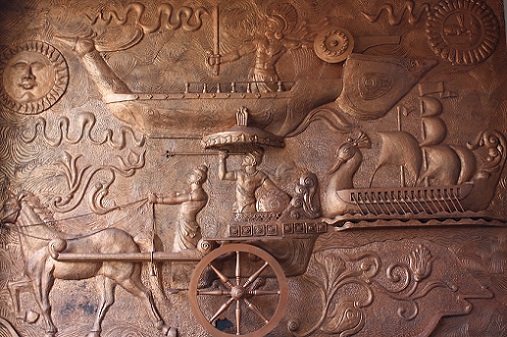
When Lord Hanuman arrived in Lanka in quest of Sita, he was shocked to see the ‘Pushpak Vimana’ in Ravana’s place. The ‘Pushpak Vimana’ was encrusted with diamonds and had curved wings that straightened up when turned on. A Californian scientist studied the Ramayana, created a 3D model based on the design, and tested it in a wind tunnel, concluding that yes! The concept has the potential to go off!
ADVERTISEMENT
Shivkar Talpade, an ancient Indian scientist, was inspired by this flying device and attempted to build a contemporary plane. This was attempted 8 years before the Wright Brothers.
Consider what might have happened if he had been successful.
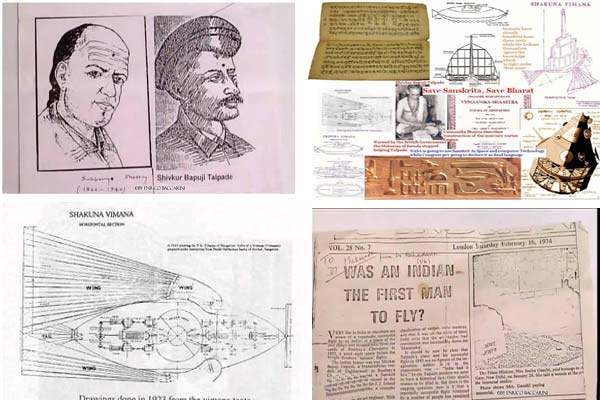
3. Artificial womb or Ayonija?
For many years, it was widely assumed that people could only be born after developing in their mother’s womb. However, we now know that surrogacy, sperm donation, and egg freezing are all viable options. Similarly, an artificial womb is a medical device that allows a baby to develop outside of its mother’s womb.
However, did you know? These sorts of phenomena are mentioned in the Mahabharata, according to Sambhava Parva, Adi Parva, and Mahabharata, Gandhari had been granted a blessing that her son would be a powerful warrior, but when she learned about Yudhishthira’s birth, she became enraged and smashed herself with an iron rod, giving birth to a dead ball of flesh.
ADVERTISEMENT
When Rishi Vyas heard the news, he cut the ball of mass into 100 pieces and placed each one in a clay pot. The Kauravas were born under this technique. This demonstrates that ‘Ayonija,’ or birth without a womb, is a possibility. This unconventional concept is found in the Mahabharata.
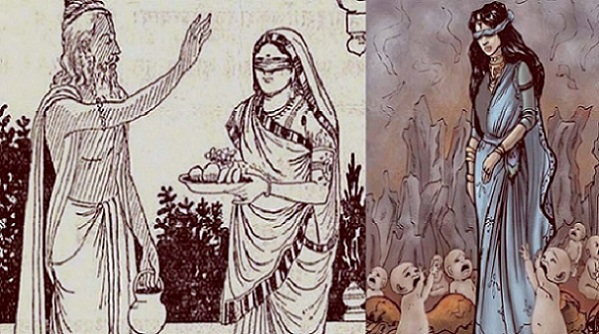
Dronacharya, Panadava’s guru, has a tale that is similar to Kaurava’s. Dronacharya was born as a result of Rishi Bharadwaj’s seed being stored in a leaf cup.
I’m glad to learn all of this. Our country was aiming ahead when the rest of the world was fumbling in the darkness. Other futuristic technologies, like time travel, are also mentioned in our old literature.
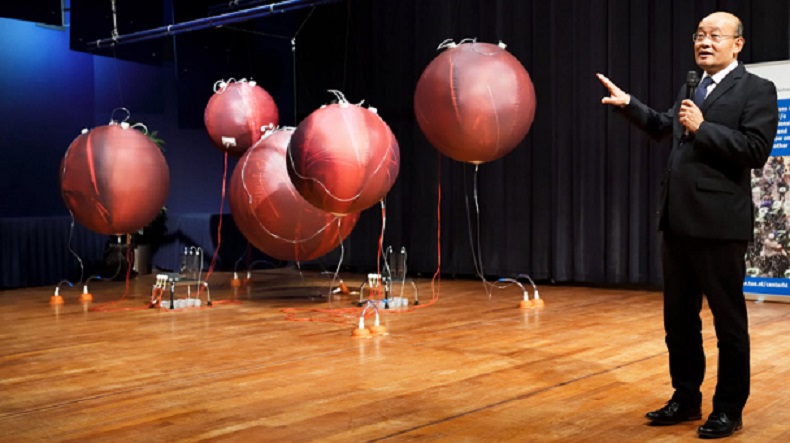
We hoped that these facts would inspire young scientists all over the world to research and explore the mythological foundations of Indian science and technology in order to advance the country’s development and, as a result, establish India as “the best” in the essential areas of research and innovation in all fields.
ADVERTISEMENT
Source: Following Love
ADVERTISEMENT







